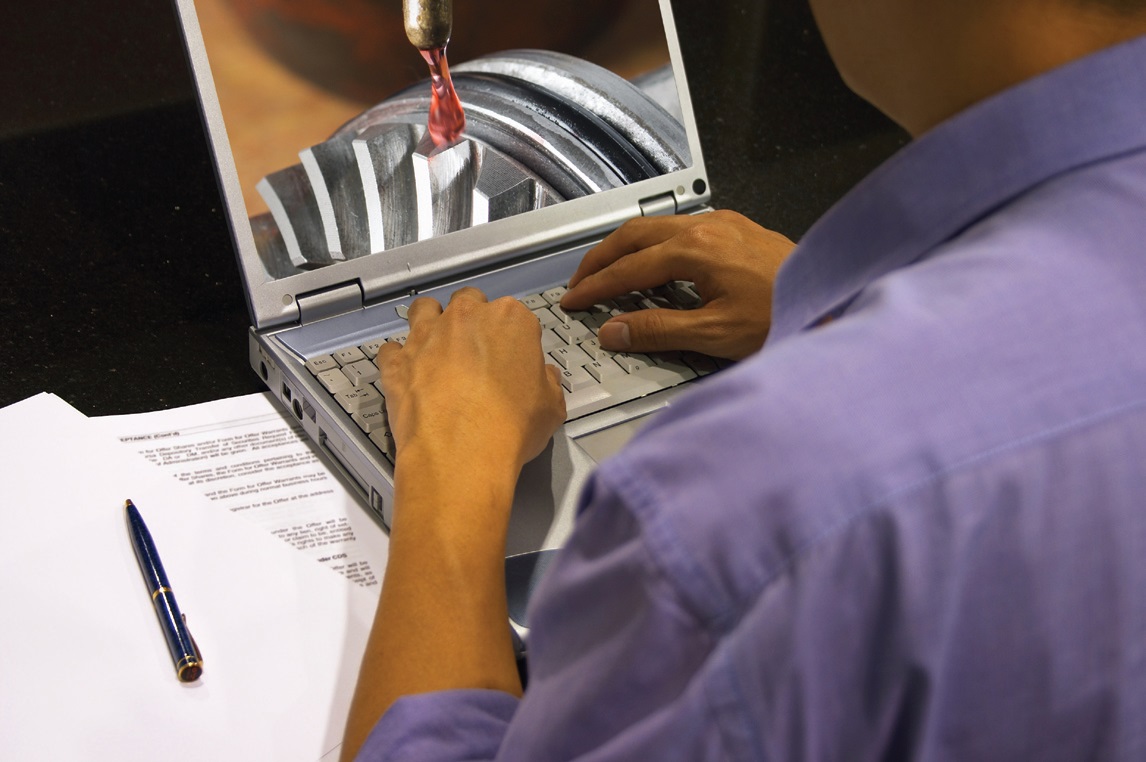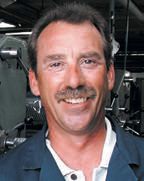The new-product conundrum
Peter A. Oglevie | TLT Shop Floor February 2009
Poor training and misapplications usually are the reasons why things don’t go as smoothly as we hope.

When we send new products to the shop floor, doesn’t it make sense to do a little advance homework?
www.canstockphoto.com
Whenever I get something new, I have to find out how it works and why. On the shop floor when a new product was introduced, I would ask a ton of questions before I took it out for a test drive.
I remember once we were asked to distribute a new product line designed to overcome metal-forming problems. It was an airless application system designed for metal-forming dies. The idea was that if we could not put enough lubricant on leading into the die, we would reapply the lubricants at critical points in the die as it ran.
We had a kickoff meeting to get things off on the right foot, and I had seen this system in the field before I ever tried the system we were to sell. Systems seldom work as advertised and in most cases end up in a corner in the back room. A big part of this is due to poor training and misapplication.
The first test I took the machine to was a dismal failure. It took way too long to set up. The system dripped instead of sprayed and used more lubricant than we ever used before. The shop floor was not impressed.
I went back home and wondered why. I took the machine apart and found a simple piston driven by air on one side to eject lubricant through a nozzle. I bought an air compressor and started experimenting with the system. I discovered that this system, much like the braking system on a car, had to be bled before it worked properly. I bled the system and got a fair spray pattern.
I still wasn’t happy with the performance. The system seemed to dribble more than it sprayed. I asked more questions about the system and found it had a check valve holding pressure in the lines. When the pump fired it exceeded the pressure of the check valve and released the lubricant to the die. I replaced this valve spring with a stronger spring, and the spray pattern improved.
When the next opportunity to test the system on the shop floor arose, I felt I was ready. I had mounted the unit on a cart I bought at K-mart and was able to roll it up to the press and have it operational in five minutes. That took care of the wasted time issue. The system with the new check valves worked almost flawlessly, and the test of the new forming product on the application worked. I got the business.
I could have stopped there, but it seemed to me that since I had to learn the lesson the hard way, it made sense to pass the information to the rest of my colleagues. I explained all I had learned and how to set up for a successful test with a minimal waste of time and maximum performance. I wrote up a step-by-step procedure listing the way to set the unit volume for the job, bleeding procedure and the proper check valve for the system.
We became the leading distributor for the product line. It didn’t take much more than an inquiring mind to come up with the system.
When we send new products to the shop floor, doesn’t it make sense to do a little advance homework? This ensures the test doesn’t waste your valuable time and valuable shop floor time?
In this case, that meant understanding how the machine worked. In the case of new chemistries it would include physical information. The information should include operating ranges, refractometer indices and control sheets. Then train the shop floor in its use. This should lead to success.
 Pete Oglevie is president of International Production Technologies in Port Washington, Wis. You can reach him at poglevie@intprotec.com
Pete Oglevie is president of International Production Technologies in Port Washington, Wis. You can reach him at poglevie@intprotec.com.